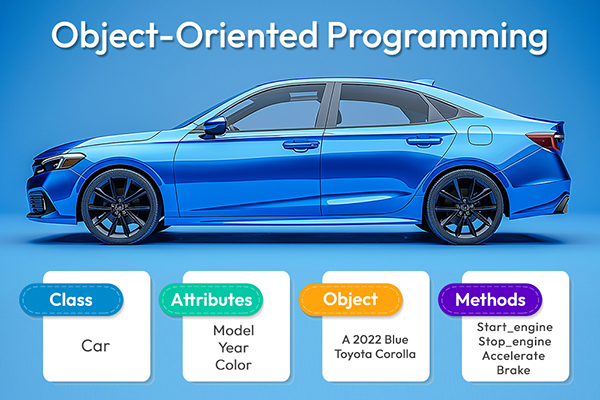Largest Provider of Commercial Smalltalk
Cincom is one of the largest commercial providers of Smalltalk, with twice as many customers and partners as other commercial providers.
Tom Nies
 Object-Oriented Programming (OOP) is a programming paradigm that organizes code around objects, which are instances of classes. It is a widely used approach to software development that emphasizes modularity, reusability, and encapsulation. In object-oriented programming, objects represent real-world entities or concepts. Each object has its own state (data) and behavior (methods/functions). The state is typically stored as attributes or properties of an object, while the behavior is defined by the methods that operate on the object’s state. So, when considering what is object-oriented programming used for, it becomes clear that OOP is particularly effective for developing complex applications, as it allows for better organization, easier debugging, and enhanced collaboration among developers.
Object-Oriented Programming (OOP) is a programming paradigm that organizes code around objects, which are instances of classes. It is a widely used approach to software development that emphasizes modularity, reusability, and encapsulation. In object-oriented programming, objects represent real-world entities or concepts. Each object has its own state (data) and behavior (methods/functions). The state is typically stored as attributes or properties of an object, while the behavior is defined by the methods that operate on the object’s state. So, when considering what is object-oriented programming used for, it becomes clear that OOP is particularly effective for developing complex applications, as it allows for better organization, easier debugging, and enhanced collaboration among developers.
